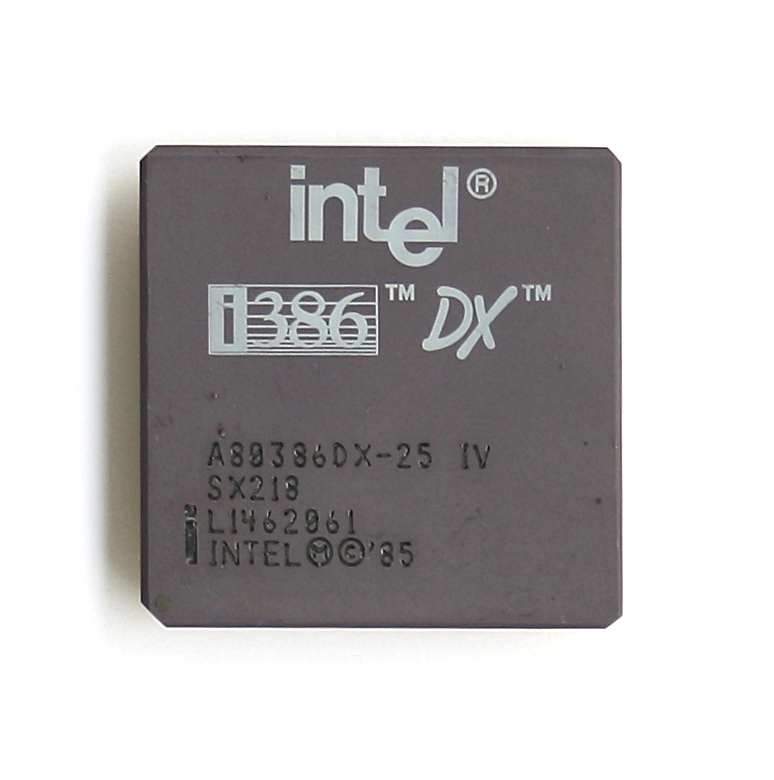CommanderFrank
Cat Can't Scratch It
- Joined
- May 9, 2000
- Messages
- 75,399
We’ve all lived with it for 50 years and have always relied on this rule and its application. Moore’s Law may be coming to the end of its run, according to Intel’s Mark Bohr. Bohr, a senior fellow at Intel, predicts that Moore’s Law will probably only last another 10 years.
Bohr predicted that Moore's Law will not come to an abrupt halt, but will morph and evolve and go in a different direction, such as scaling density by the 3D stacking of components rather than continuing to reduce transistor size.
![[H]ard|Forum](/styles/hardforum/xenforo/logo_dark.png)

